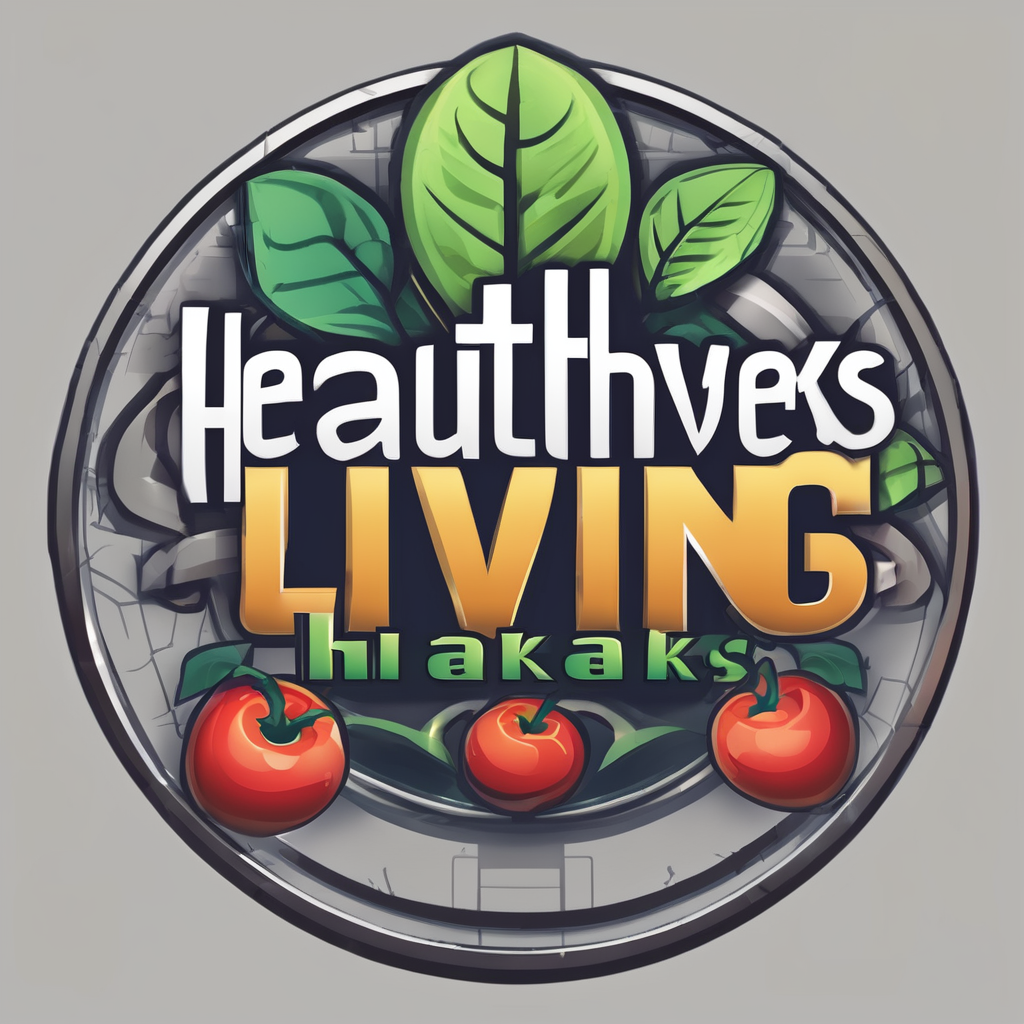UK geriatricians face the complex challenge of managing polypharmacy in elderly patients. With multiple medications prescribed, the risk of adverse effects and medication errors increases significantly. This guide explores effective strategies to enhance medication management, ensuring safer, more effective treatment plans tailored to the unique needs of seniors. By empowering geriatricians with practical tools and insights, we can improve outcomes and quality of life for this vulnerable population.
Understanding Polypharmacy in Elderly Patients
Polypharmacy refers to the simultaneous use of multiple medications by a patient, often seen in elderly patients due to chronic conditions. This practice is increasingly common, with studies indicating a significant rise in medication usage among geriatric populations. Understanding the implications of polypharmacy is crucial for effective medication management.
Also read : How can UK health professionals effectively manage chronic pain in elderly patients with osteoarthritis?
Elderly patients frequently require medications to manage conditions like hypertension, diabetes, and arthritis. However, the use of numerous drugs can lead to adverse effects, including drug interactions and increased risk of falls. Common medications involved in polypharmacy include antihypertensives, anticoagulants, and antidiabetics, each carrying potential risks when combined.
The impact of polypharmacy on patient outcomes is profound. It can lead to decreased quality of life due to side effects, hospitalizations, and even mortality. Proper medication management is essential to mitigate these risks. Healthcare providers must regularly review and optimize medication regimens to ensure safety and efficacy.
Also to discover : What strategies should UK healthcare providers employ to address mental health in adolescents post-pandemic?
By understanding the complexities of polypharmacy, healthcare professionals can improve patient outcomes and enhance the quality of life for elderly patients. This involves careful assessment of medication necessity, potential interactions, and patient-specific factors, ultimately leading to more informed and safer healthcare decisions.
Best Practices for Medication Review
In the realm of geriatric care, a thorough medication review is indispensable for managing polypharmacy. This process involves evaluating all medications a patient is taking to ensure each is necessary, effective, and safe. A comprehensive medication review should include the following best practices:
- Comprehensive medication review processes: Begin with an exhaustive list of all prescribed, over-the-counter, and herbal medications. Assess each for potential drug interactions, duplications, and contraindications. Evaluate the necessity of each medication in relation to the patient’s current health status.
- Tools for effective medication reconciliation: Utilize digital tools and databases to streamline the medication reconciliation process. These tools help in identifying discrepancies between the prescribed medications and what the patient is actually taking. They also provide alerts for potential interactions and side effects.
- Role of interdisciplinary teams in medication management: Involve a team of healthcare professionals, including pharmacists, nurses, and physicians, in the medication review process. Each team member brings a unique perspective and expertise, enhancing the accuracy and effectiveness of the review. Regular communication among team members ensures a holistic approach to patient care.
By implementing these best practices, healthcare providers can significantly improve medication safety and efficacy for elderly patients.
Strategies for Reducing Medication Burden
In addressing the medication burden among elderly patients, geriatricians play a pivotal role. One effective approach is identifying and discontinuing unnecessary medications. This involves a thorough assessment of each drug’s current relevance to the patient’s health conditions. By systematically evaluating the necessity of medications, healthcare providers can reduce the overall medication burden.
Implementing deprescribing protocols is another crucial strategy. These protocols provide a structured framework for safely tapering or stopping medications that may no longer be beneficial. Deprescribing helps minimize potential adverse effects and interactions, ultimately enhancing patient safety and quality of life.
Engaging patients and caregivers in the decision-making process is essential. Open communication ensures that patients understand the reasons behind medication adjustments and fosters trust in healthcare decisions. Involving patients and their families can also lead to more personalized care plans, aligning treatment goals with patient preferences and lifestyle.
By focusing on these reduction strategies, healthcare professionals can effectively manage polypharmacy and improve outcomes for elderly patients. Through careful medication review and patient engagement, the risks associated with multiple medications can be significantly minimized, promoting a safer and more efficient healthcare experience.
Addressing Medication Interactions and Adherence Challenges
In the realm of elderly care, managing medication interactions is crucial to ensuring patient safety. Common drug interactions often occur with medications like anticoagulants and antidiabetics. These interactions can lead to serious side effects, making it vital for healthcare professionals to be vigilant.
To enhance medication adherence, it is important to simplify medication regimens. This can involve reducing the number of doses per day or using combination pills that address multiple conditions. Educating patients about the importance of adherence is also key. Clear communication about how and when to take medications can significantly improve adherence rates.
Several tools and resources are available to help monitor and manage interactions. Digital databases and apps can provide alerts for potential medication interactions, ensuring that healthcare providers are informed of risks. These tools can also track patient adherence, offering reminders for medication times and dosages.
By addressing these challenges, healthcare providers can improve outcomes for elderly patients. A proactive approach in managing medication interactions and adherence not only enhances patient safety but also contributes to more effective treatment plans. Through careful monitoring and patient education, the complexities of polypharmacy can be navigated more successfully.
Utilizing Technology and Digital Tools in Medication Management
In the evolving landscape of geriatric care, digital tools and technology are becoming indispensable for effective medication management. These innovations offer a wealth of resources for tracking and managing medications, ensuring both safety and adherence.
Digital solutions for medication tracking include apps and devices that remind patients of their dosing schedules. These tools help prevent missed doses and reduce the risk of medication interactions by providing alerts for potential conflicts. By integrating these technologies, patients and caregivers can maintain accurate records of medication use, facilitating better communication with healthcare providers.
Telehealth has emerged as a pivotal component in managing medications for elderly patients. It allows for remote consultations, making it easier for patients to discuss their medication regimens with healthcare professionals without the need for in-person visits. This convenience can lead to more frequent check-ins and timely adjustments to medication plans, enhancing overall patient care.
Emerging technologies in medication reconciliation are improving the accuracy and efficiency of this crucial process. Automated systems can compare medication lists from different sources, highlighting discrepancies and potential issues. By leveraging these advancements, healthcare providers can ensure that medication regimens are safe, effective, and tailored to each patient’s needs.
Case Studies and Real-World Applications
Exploring case studies provides valuable insights into effective medication management strategies in real-world settings. These examples highlight successful interventions that have significantly improved patient outcomes.
One notable case study involved a community hospital implementing a comprehensive medication review program. By using evidence-based guidelines, the hospital reduced adverse drug events by 30%. This was achieved through regular interdisciplinary team meetings and the integration of digital tools for medication reconciliation. The success of this intervention underscores the importance of collaborative approaches and technology in managing polypharmacy.
Another example is a nursing home that adopted a structured medication management protocol. By focusing on real-world applications, they were able to streamline medication regimens, leading to a 25% reduction in medication errors. This approach involved continuous education for staff and the use of reminder systems for residents, ensuring adherence and safety.
Lessons learned from case studies emphasize the need for personalized care plans and ongoing evaluation of medication regimens. By applying these insights, healthcare providers can tailor interventions to meet individual patient needs effectively. These real-world applications demonstrate the potential of strategic medication management to enhance the quality of life for elderly patients.
Resources and Guidelines for Geriatricians
In the domain of geriatric care, access to robust resources and updated guidelines is essential for geriatricians. Key organizations such as the American Geriatrics Society (AGS) and the British Geriatrics Society (BGS) provide valuable resources tailored to the needs of elderly patients. These organizations offer comprehensive guidelines on managing complex issues like polypharmacy, ensuring that geriatricians are equipped with the latest evidence-based practices.
Current guidelines on polypharmacy management emphasize a patient-centered approach. Geriatricians are encouraged to regularly review medication regimens, considering the necessity and potential interactions of each drug. The guidelines highlight the importance of individualized care plans, taking into account the patient’s overall health status and preferences.
Continuing education is vital for geriatricians to stay abreast of advancements in the field. Opportunities for professional development are abundant, with workshops, webinars, and conferences focusing on geriatric care. These educational resources not only enhance the knowledge of geriatricians but also improve their ability to implement effective medication management strategies.
By leveraging these resources and adhering to established guidelines, geriatricians can provide high-quality care, optimizing the health and well-being of their elderly patients.











